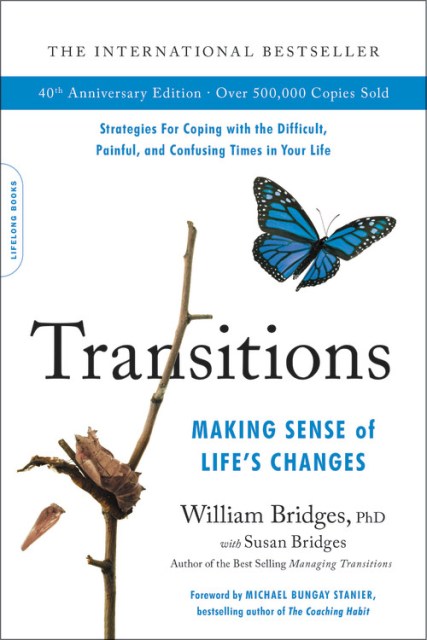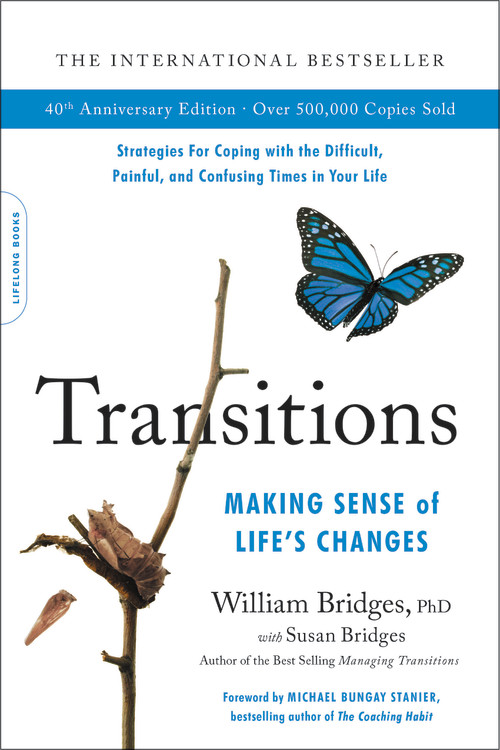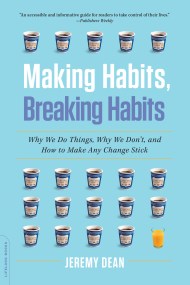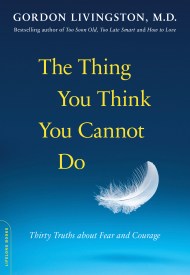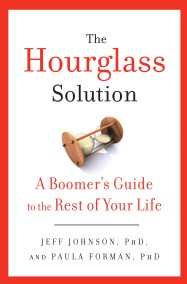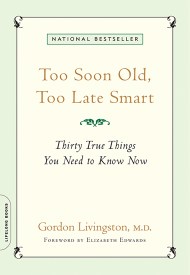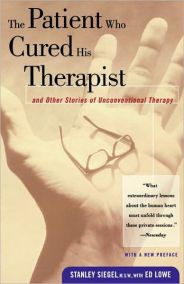Promotion
Use code MOM24 for 20% off site wide + free shipping over $45
Transitions (40th Anniversary Edition)
Making Sense of Life's Changes
Contributors
By Susan Bridges
Formats and Prices
Price
$18.99Price
$24.99 CADFormat
Format:
- Trade Paperback (Special Edition) $18.99 $24.99 CAD
- ebook (Special Edition) $10.99 $13.99 CAD
- ebook $11.99 $15.99 CAD
- Audiobook Download (Unabridged)
This item is a preorder. Your payment method will be charged immediately, and the product is expected to ship on or around December 17, 2019. This date is subject to change due to shipping delays beyond our control.
Also available from:
First published in 1980, Transitions was the first book to explore the underlying and universal pattern of transition. Named one of the fifty most important self-help books of all time, Transitions remains the essential guide for coping with the inevitable changes in life.
Transitions takes readers step-by-step through the three perilous stages of any transition, explaining how each stage can be understood and embraced. The book offers an elegant, simple, yet profoundly insightful roadmap to navigate change and move into a hopeful future:
- Endings. Every transition begins with one. Too often we misunderstand them, confuse them with finality — that’s it, all over, finished! Yet the way we think about endings is key to how we can begin anew.
- The Neutral Zone. The second hurdle: a seemingly unproductive time-out when we feel disconnected from people and things in the past, and emotionally unconnected to the present. Actually, the neutral zone is a time of reorientation. How can we make the most of it?
- The New Beginning. We come to beginnings only at the end, when we launch new activities. To make a successful new beginning requires more than simply persevering. It requires an understanding of the external signs and inner signals that point the way to the future.
Genre:
- On Sale
- Dec 17, 2019
- Page Count
- 224 pages
- Publisher
- Da Capo Lifelong Books
- ISBN-13
- 9780738285405
Newsletter Signup
By clicking ‘Sign Up,’ I acknowledge that I have read and agree to Hachette Book Group’s Privacy Policy and Terms of Use
